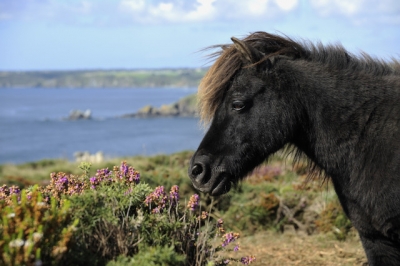 Grazing the heath at Beagles
Grazing the heath at Beagles
The National Trust has had ponies here on the Lizard for over 20 years, grazing the coastal heaths and grasslands for the benefit of wildlife. Our original herd, now aged over 30, is still going strong, proving a life of sea air does you good! These purebred Shetland ponies came to us from Arlington Court, a National Trust estate in north Devon, where some of their old pals still live today.
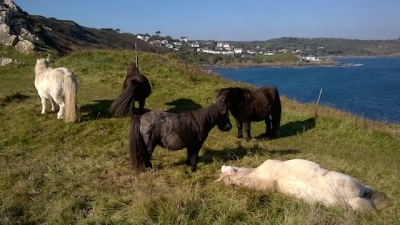
Taking it easy on a sunny day at Chynalls Point
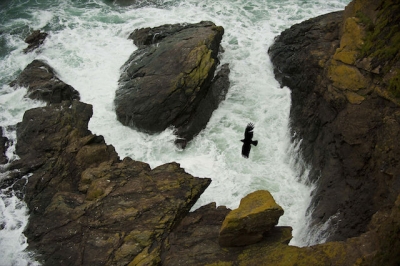
Chough benefit from coastal grazing
This herd numbers 5, and they are kept busy year round grazing our cliffs. The ponies rotate around the 3 sites we manage in-hand, namely the cliffs between Poltesco and Cadgwith, the promontory fort at Chynalls Point, Coverack, and the heath at Beagles, near Black Head. The ponies do an excellent job of managing these Sites of Special Scientific Interest, by keeping the coarser grasses in check, and providing space for smaller plants to thrive, including some of our Lizard botanical rarities, like twin headed clover and dwarf rush. The chough also benefit from grazing, as they need the grass to be short enough for them to be able to probe the ground with their red beaks for invertebrates, and the dung also provides a welcome source of grubs. We’ve been treated to the fantastic sight of chough in amongst the grazing ponies at Enys Head, and it’s always worth listening out for their call on the cliffs.
 Having their feet trimmed by the farrier
Having their feet trimmed by the farrier
The ponies are sure footed and hardy, and they thrive in these tough habitats. In fact the biggest health risk to them is associated with them eating too much rich grass, which is most likely in Spring or Autumn. Laminitis is a painful hoof condition, which can lead to lameness, so we need to keep them on tight rations to avoid this. Shetlands like their food, and would balloon to be rotund if given half the chance!
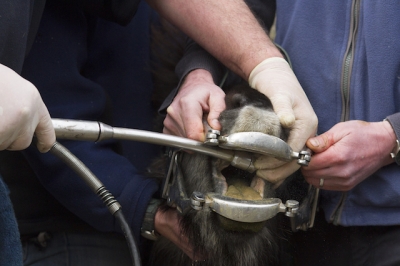
Encounters with the equine dentist Photo M Hirst
Our herd gets an annual vet inspection, when their weight and teeth are checked, and they are wormed if necessary, and their feet trimmed by a farrier. Occasionally a visit by the equine dentist is required to correct tooth overgrowth. The industrial looking files are enough to put us all off the dentist forever!
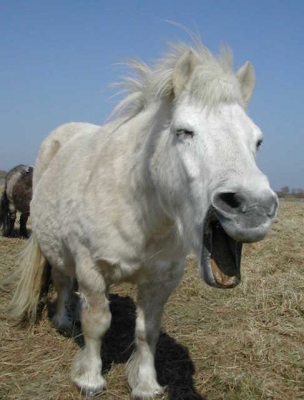 Conservation grazing is no laughing matter!
Conservation grazing is no laughing matter!
The ponies are checked daily, and we thank our dedicated pony volunteers for their help with this task throughout the year. The only time we give them any additional food is to coax them with a bucket of nuts when we want to move them. If you meet the ponies out and about, please don’t feed them, as too much contact could teach them to pester people in the hope of an apple. They don’t mind having their photo taken though, so feel free to snap away!
Published: Mar 2016
Aiuthor: Rachel Holder (National Trust Area Ranger, The Lizard)
